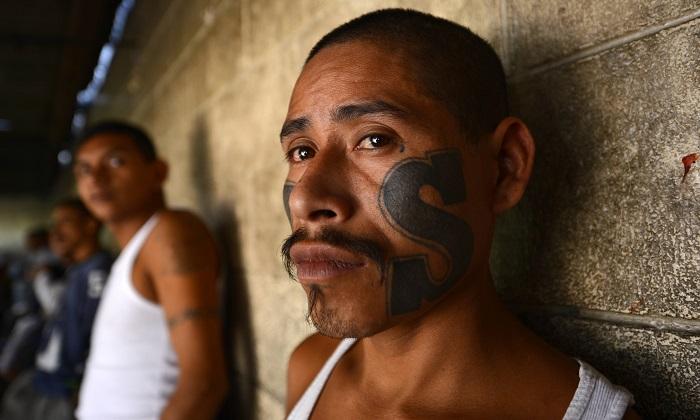When Siddharth Mandala was 12 his mother took him to rallies protesting a notoriously brutal gang rape crime committed in the Indian capital of Delhi.
The victim of the crime was Jyoti Singh, a 23-year-old physiotherapy intern. She was raped and tortured during her ordeal and later died from her injuries.
Singh would later be better known by her nickname “Nirbhaya” which means courage.
The crime shocked the Indian society and became an impetus for many to confront the issue of rape in their country. Young Mandala from the city of Hyderabad was one of them.
“While I was as enraged as the rest, I also understood that protests wouldn’t change the past,” said the now 18-year-old high school graduate.
“Punishing the rapists, hopefully, would deter would-be rapists, but I kept thinking we needed to equip women with a safety device. After much trial-and-error, I came up with a concept I called Electroshoe.”
Mandala started to work on the shoe with his best friend, Abhishek and in a recent TEDx talk he admitted they had zero fashion sense.
“But we understood physics and we understood that something had to be done,” he said during the talk.
Using internet sources and advice from experts, the duo began working on something they hoped would make a difference.
Along the way, the budding inventor electrocuted himself twice trying to build his creation and was often overwhelmed by the media attention his project received.
But he kept moving forward with the Electroshoe which he believes would still be helpful.
“Women might forget to carry pepper sprays, tasers or any other self-protection tools, but no one would forget to put on footwear before they step out,” he said in his interview with The Sun.
“She basically needs to kick [the attacker] after pressing the big toe for five seconds and that would electrocute the molester by shocking him with 0.1 amperes.
“It will paralyze him for a couple of seconds, leaving enough time for the woman to flee. It also sends an alert message to nearby police stations and family members indicating that she is in danger,” he said.
Mandala’s invention is powered by footsteps. The more steps taken by the wearer, the more energy is produced and stored in case it’s needed.
The young man is now at the stage of developing his prototype into something more market-friendly.
Mandala said he also needs to work out some technical issues such as how to make it water-resistant.
Mandala hasn’t been the only young Indian working on ways to create clothing that allow women to protect themselves from would-be rapists.
Students at a college in the northwestern Indian city of Varanasi last year created a similar shoe—and going by the video above they have some decent fashion sense.
Rijul Pandey and Saloni Yadav created what they called “electric shock and GPS sandals,” reported Newsivity. The shoes allow the wearer to defend herself from an attacker with a walloping 800 volt hit.
A GPS function likewise allows for the wearer’s location to be traced when notified.
In 2016, another pair of college students reportedly came up with a way to help make women safe through a pair of high-tech jeans, fitted with a small electronic device that when triggered would send a message of distress to the nearest police station.
According to official 2015 figures, an average of 95 women are raped daily in India.




